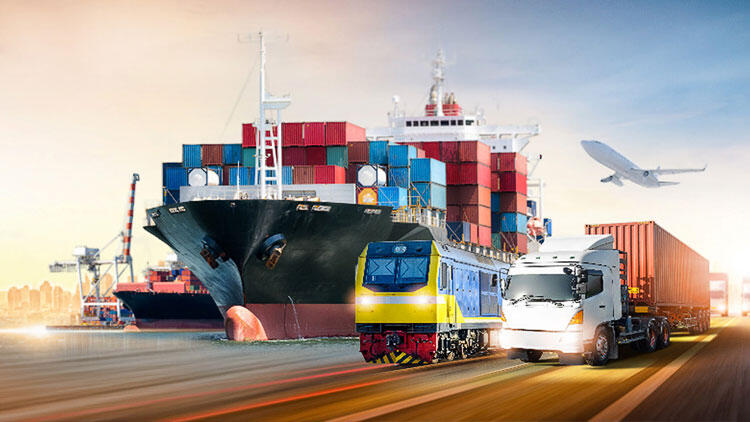
The supply chain industry is constantly evolving and adapting to new trends. To stay competitive, you need to set your 2023 strategy now and adopt the best supply chain practices. Here are our top predictions for what you need to know about tomorrow’s supply chain:
Adopting a More Flexible Business Model
Flexibility is an important part of the supply chain. A flexible business model allows a company to better respond to changes in demand, natural disasters, political unrest, and other unforeseen circumstances. To remain flexible as conditions change it’s important to establish regular review intervals – ideally monthly touch points will keep the plan aligned to current impacts. Develop and clearly state the supply chain strategy. Be sure to include goals, assumptions, dependencies, conditions, requirements, and milestones. Define a cadence for evaluating the supply chain strategy to revisit how the assumptions and achievements stack against the plan. Update the plan accordingly to take into account how the goals, assumptions, conditions, progress and next steps need to be adjusted. Allow for each assessment to make the best decisions possible with the information available and know that the next scheduled review can further refine and adjust the strategy based on the latest information. There are too many external influences and impacts that change quickly to rely on a rigid strategy. The best practice is to remain agile and responsive to changes through regular reviews of the strategic plan throughout the year.
Introduction of New Automation Methods
Automation is a key component of supply chain practices. It can help reduce costs, improve your customer experience, and reduce your environmental impact.
Supply chains are always evolving with new technology and processes. As the world becomes more digitally connected, there are many opportunities to implement new automation methods that can help you stay ahead of the curve. Automation will increase efficiency in your business and make you more competitive. In this article, we’ll cover the benefits of introducing new automation methods into your supply chain management system, as well as what they cost and why they should be considered by small businesses today!
Moving to a Centralized Procurement Function
If you’re not using a centralized procurement function, it’s time to start. Centralized procurement offers many benefits that can help you optimize your supply chain and reduce risk.
- Optimize spend through an increased volume with select suppliers
- Reduce risk through common vetting of suppliers
- Develop more consistent communications and relationships with suppliers through assigned supplier management and strategic sourcing
- Establish catalog purchasing to simplify orders through preferred, diverse vendors
- Standardize RFI, RFP, RFQ questions and requirements so corporate goals for emissions, social, ethical, and diversity are taken into consideration
Embracing Social Responsibility Initiatives
Social responsibility is not just a buzzword. It’s the mantra of many businesses, and for good reason. In addition to aligning with your company’s values, adopting social responsibility initiatives can help you attract new customers and retain existing ones.
Social responsibility initiatives are those projects or programs that help your company give back to the community in some way. These projects can include:
Paying Attention to Your Third-Party Partners
Companies can use outsourcing or partnerships with other companies to increase their flexibility by relying on another company’s expertise or resources when necessary. This allows companies to focus on what they do best while bringing in outside help when needed—like outsourcing shipping services or partnering with local suppliers when your inventory needs change due to unexpected weather patterns like rain or snow (or droughts).
Third-party partners are important to your supply chain. You should research their compliance record and understand their supply chain. You should also have a contract in place that addresses these areas:
- Inventory and sales data security standards
- Payment terms and dispute resolution processes
- Product quality standards, including recall
You also need to have a contingency plan in place if something goes wrong with the third party’s operations or if they go out of business unexpectedly.
The best supply chain practices will help you gain a competitive edge in 2023
In the 21st century, the supply chain is the backbone of your business. It’s a complex network of suppliers, manufacturers, distributors, and retailers that deliver your product or service to customers. The supply chain is critical to your company’s success—it’s responsible for connecting you with your customers in ways that make it possible for you to earn revenue and make a profit.
In fact, some experts estimate that up to 80% of a company’s costs are directly related to its supply chain. That means if you want to keep costs down and maximize profits, then it makes sense that this area should be one of your highest priorities as well!
Conclusion
As you can see, there are a lot of things that businesses will be doing in 2023. With the right supply chain practices, you’ll be able to stay ahead of the competition and increase your profits. Good luck!


